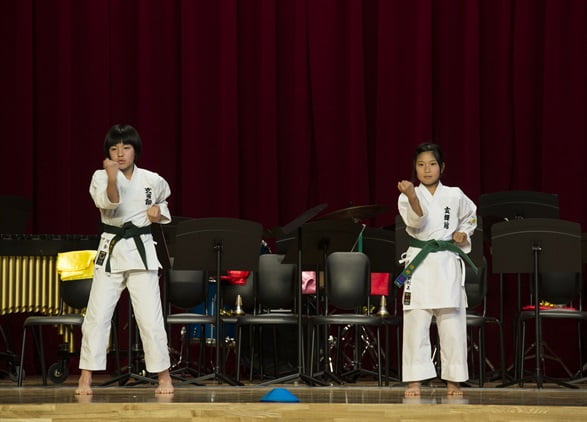Shuai Jiao: Finding China’s martial arts renaissance in a four,000-12 months-vintage wrestling device
The Grandfather of the Martial Arts inside the Modern Era Nearly 30 years ago, martial arts all the time modified. UFC 1 turned into a catalyst to reshape the ideology, basis, training, method, and very makeup of self-protection and the martial arts. Quietly positioned, the Gracie family changed the game. Without neglecting the records of Shoot Boxing, Catch Wrestling, Pancrase, Vale Tudo, and even the philosophies of people like Bruce Lee and other multi-martial artwork disciplines pre-UFC, the exercise of “go-training” wasn’t mainstream amongst western practitioners, nor changed into its concept of as something fundamental to becoming aa hit or even ready martial artist.
Historical nuances apart, this occasion in 1993 can be visible as a defining marker in martial arts and how the culture shifted to wherein it’s miles now. In that span of three years, we’ve visible martial arts grow from conventional primarily based structures, rigid, linear, and established, to the fundamentals of blended martial arts. Slowly dipping their toes into what it means to train in multiple disciplines, earlier than fast-forwarding just a few years, the practice starts offevolved to culminate within the remaining form of movement education found within the “complete martial artists” like George St. Pierre or Jon Jones.

After UFC 1 and the ushering in of the next era of martial arts, Kung Fu changed into confronted with the difficulty all conventional martial arts have been: adapt or die. And as combined martial arts endured to grow and adapt, traditional styles began to die in the early years of internet forums — the Bullshido days of MMA. Instead of demise, some traditional systems reinvented themselves and modernized with this converting panorama. Practitioners like Lyoto Machida, Stephen “Wonderboy” Thompson, Michael Page, or Anthony Pettis, to name only a few, started surfacing years later and proving their patterns had a place amongst those modernized structures. But, unlike different patterns, one of the most ancient structures of preventing, Kung Fu and the martial arts of China, hold nearly zero impact in 2019 and never regained that foothold of relevancy it once had.
The difference? Unlike Karate or Taekwondo, who tailored, Kung Fu by no means recovered in Western combat sports because, and in some cases, globally too. The reason is straightforward. A net seeks of “Kung Fu as opposed to” can offer a nearly a perpetual circulate of films of Kung Fu professionals in Gracie fashion assignment matches or “dojo storms” towards blue belt stage grapplers or western boxers with just a few years of schooling. All of them ended with similar invalidating effects, leaving Kung Fu currently on existing aid. Gene Ching, the accomplice publisher of Kung Fu Tai Chi Magazine and KungFuMagazine.Com, and guns grasp featured on El Rey Networks’ Man At Arms, became requested to ask why Kung Fu hasn’t discovered fulfillment in Western fight sports.
The trouble with Sanda or Sanshou is most would slightly understand the distinction between it and some other kickboxing associated practices. A handful of first-rate Sanshou-based MMA opponents include UFC and Strikeforce veteran Cung Le or Filipino champions like Eduard Folayang and Kevin Belingon. However, the fulfillment of some outliers is not going to win the hearts and minds in a structures’ potential — which Kung Fu desperately desires, lamentably.




















